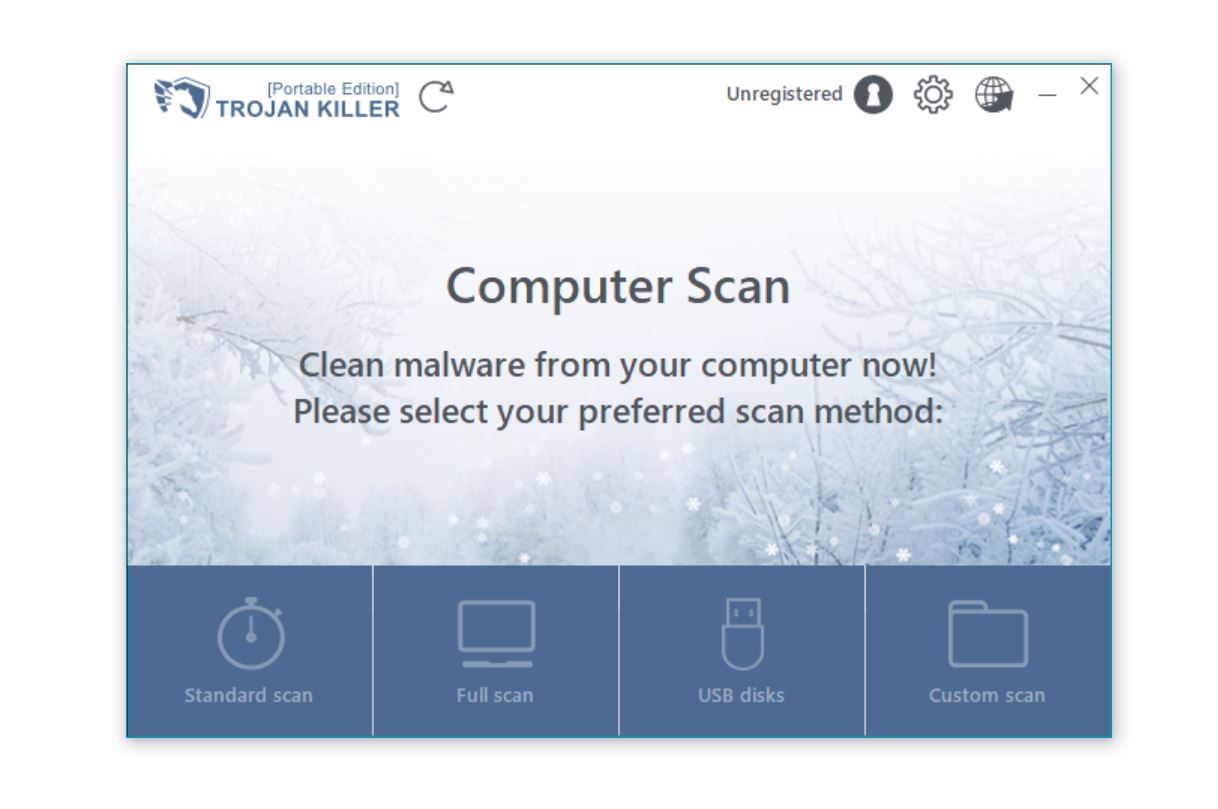Physical Address
304 North Cardinal St.
Dorchester Center, MA 02124
Physical Address
304 North Cardinal St.
Dorchester Center, MA 02124

When dealing with suspected malware infections, many users wonder if Windows System Restore can help remove viruses and get their computer back to a healthy state. This guide explores what System Restore actually does, whether it’s effective against malware, and what limitations you should be aware of before relying on this feature for virus removal.
System Restore is a Windows recovery feature that creates “restore points” – snapshots of your system’s state at specific moments in time. These restore points save information about:
The primary purpose of System Restore is to help users recover from system configuration problems, such as those caused by problematic Windows updates or driver installations. When you restore your system to a previous point, Windows reverts the above elements to the state they were in when the restore point was created.
Before discussing its effectiveness against viruses, it’s important to understand how System Restore differs from a factory reset, which we covered in our guide about factory resets and virus removal:
| Feature | System Restore | Factory Reset |
|---|---|---|
| Personal files | Preserves all personal files | Can delete all personal files (depending on option chosen) |
| Programs | Restores to previously installed state | Removes all non-Windows applications |
| Windows installation | Preserves current Windows installation | Reinstalls/refreshes Windows |
| Time required | Usually minutes | Usually hours |
| Recovery scope | Limited to system files and registry | Comprehensive system reset |
The short answer is: usually not completely. System Restore was not designed as an anti-malware tool, and its ability to remove malware is limited and inconsistent for several important reasons.
System Restore may help with certain aspects of a malware infection:
According to Microsoft’s documentation, System Restore can sometimes help with recovering from certain types of malware that primarily affect system settings.
System Restore has significant limitations when dealing with malware:
More concerning is that sophisticated malware like TrickBot can actively target System Restore by:
Using System Restore as your primary method for dealing with malware infections poses several risks:
System Restore might appear to fix some issues temporarily, leading you to believe the malware is gone when it’s actually still present on your system. According to Microsoft Security research, this false sense of security is one of the most dangerous outcomes of incomplete malware removal.
If the malware has infected your personal files (which System Restore doesn’t touch), your system will likely be reinfected after the restore.
Restoring to an earlier point might undo important security updates, potentially making your system vulnerable to additional threats.
If you create restore points after malware has already infected your system (but before you detected it), those restore points contain the infection. Restoring to these points effectively reinstalls the malware.
Despite its limitations for malware removal, System Restore can still be helpful in certain security-related scenarios:
For example, after removing browser hijackers like Candyclickclub, System Restore might help reset affected browser settings.
Rather than relying on System Restore, security professionals recommend a more comprehensive approach to malware removal:
For this critical step, specialized anti-malware tools like Trojan Killer are particularly effective. Trojan Killer is designed to detect and remove a wide range of malware, including sophisticated threats that System Restore can’t address. Its deep scanning capabilities can identify malicious code hidden in various system locations, while its removal engine can safely eliminate threats without damaging essential system files.

Trojan Killer is especially effective at detecting and removing:
Microsoft recommends using Microsoft Defender with real-time protection enabled, as it’s designed to address the full range of modern threats.
If your system has been compromised by malware and you need recovery options, consider these alternatives to System Restore:
Instead of a full System Restore, consider more targeted approaches:
For more severe infections, a Windows Reset might be more effective than System Restore:
For the most thorough cleaning, especially after infections by sophisticated threats like Emotet, security experts often recommend:
While System Restore is a valuable Windows recovery feature, it has significant limitations as a malware removal tool. It’s not designed to detect or remove viruses, can’t help with infected personal files, and may actually reintroduce malware if restore points were created after infection.
For effective malware handling, always use dedicated security software first to properly identify and remove threats. System Restore might then be useful as a secondary recovery tool to fix system settings damaged during infection or removal processes.
Remember that proper malware prevention, including regular software updates, security software, and safe browsing practices, is always preferable to dealing with infections after they occur. With the right security approach, you can minimize the chance of needing System Restore or other recovery tools in the first place.
If you’re considering more thorough approaches to cleaning your system, you might also want to read our guide on whether factory reset removes viruses, which provides information on a more comprehensive recovery option.